Static Hosting: When to Use Vercel, Netlify, and Other Platforms
Static hosting has revolutionized web development by offering fast, secure, and cost-effective solutions for deploying websites and applications. Platforms like Vercel and Netlify have become industry favorites, but when should you choose them over traditional server-based hosting? In this guide, we’ll break down the use cases, benefits, and ideal scenarios for static hosting. What is Static Hosting? Static hosting serves pre-built HTML, CSS, JavaScript, and media files directly to users. Unlike dynamic sites (e.g., WordPress, Node.js), static sites don’t require server-side processing, databases, or runtime rendering. Popular use cases include: Blogs (e.g., Gatsby, Hugo) Portfolios and marketing sites Documentation sites Single-Page Applications (SPAs) JAMstack (JavaScript, APIs, Markup) apps When to Use Static Hosting 1. You Need Blazing-Fast Performance Static files load faster because they’re served from CDNs (Content Delivery Networks). Vercel and Netlify automatically distribute assets globally. Example: A landing page hosted on Netlify loads in
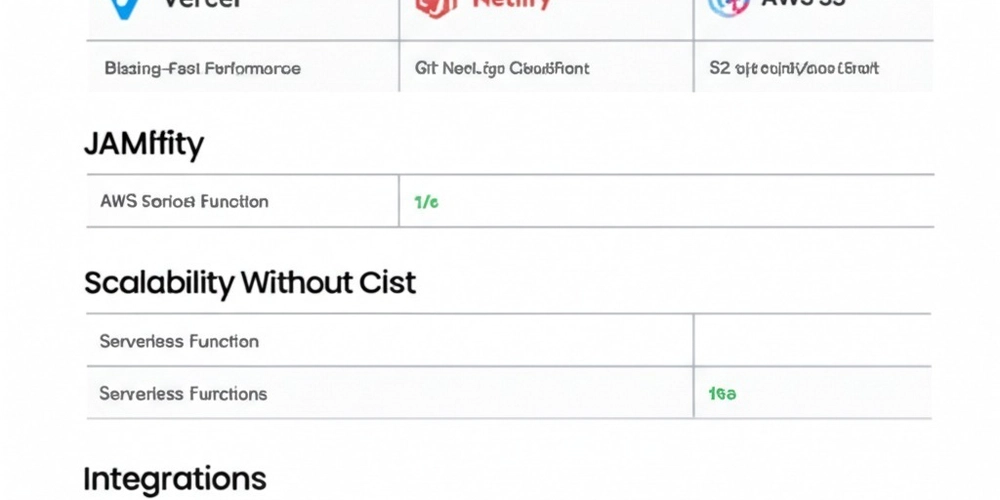
Static hosting has revolutionized web development by offering fast, secure, and cost-effective solutions for deploying websites and applications. Platforms like Vercel and Netlify have become industry favorites, but when should you choose them over traditional server-based hosting? In this guide, we’ll break down the use cases, benefits, and ideal scenarios for static hosting.
What is Static Hosting?
Static hosting serves pre-built HTML, CSS, JavaScript, and media files directly to users. Unlike dynamic sites (e.g., WordPress, Node.js), static sites don’t require server-side processing, databases, or runtime rendering. Popular use cases include:
- Blogs (e.g., Gatsby, Hugo)
- Portfolios and marketing sites
- Documentation sites
- Single-Page Applications (SPAs)
- JAMstack (JavaScript, APIs, Markup) apps
When to Use Static Hosting
1. You Need Blazing-Fast Performance
Static files load faster because they’re served from CDNs (Content Delivery Networks).
- Vercel and Netlify automatically distribute assets globally.
- Example: A landing page hosted on Netlify loads in <1s thanks to edge caching.
2. Security is a Priority
No servers = fewer attack surfaces. Static sites eliminate risks like SQL injection or server vulnerabilities.
- Ideal for:
- Brochure websites.
- Open-source project documentation.
3. Scalability Without Complexity
Handle traffic spikes effortlessly. Static hosting scales automatically, unlike traditional servers.
- Example: A product launch page on Vercel won’t crash under heavy traffic.
4. Cost-Effectiveness
Most static hosts offer free tiers for small projects.
- Vercel: Free for personal use, $20/month for Pro.
- Netlify: Free tier includes 100GB bandwidth.
Vercel vs. Netlify: Key Differences
| Feature | Vercel | Netlify |
|---|---|---|
| Core Strength | Next.js, Serverless Functions | JAMstack, Plugins |
| CI/CD | Git integration, automatic previews | Git integration, deploy previews |
| Serverless Functions | Native support (Node.js, Python) | Supports AWS Lambda |
| Edge Network | Vercel Edge Network | Netlify Edge |
| Pricing | Generous free tier | Free tier + pay-as-you-go |
| Integrations | Focus on Next.js ecosystem | Broad plugin ecosystem |
When to Choose Vercel
- Next.js Projects: Vercel is built by the creators of Next.js, offering seamless SSR/SSG.
- Edge Functions: Run lightweight code at the edge (e.g., A/B testing, auth).
- Developer Experience: Instant previews for every Git branch.
Example:
# Deploy a Next.js app in seconds
npm install -g vercel
vercel deploy
When to Choose Netlify
- JAMstack Apps: Netlify’s plugin ecosystem (e.g., Netlify CMS) simplifies static CMS setups.
- Multi-Framework Support: Works with Gatsby, Hugo, Eleventy, etc.
- Build Hooks: Trigger deployments via APIs or third-party tools.
Example:
# netlify.toml (configure redirects, headers)
[[redirects]]
from = "/blog/*"
to = "/posts/:splat"
Other Static Hosting Options
- GitHub Pages: Free for open-source projects (limited to 1GB bandwidth).
- AWS S3 + CloudFront: Full control for advanced users.
- Firebase Hosting: Integrates with Firebase services (Auth, Firestore).
When Not to Use Static Hosting
-
Highly Dynamic Content:
- User-generated content (e.g., social networks).
- Real-time apps (use WebSockets + backend servers).
-
Complex Backend Logic:
- E-commerce with inventory management (use Shopify, headless CMS + APIs).
Real-World Examples
- Vercel: Next.js documentation, TikTok’s marketing pages.
- Netlify: Airbnb’s engineering blog, Peloton’s landing pages.
Key Takeaways
-
Use Vercel If:
- You’re building with Next.js.
- You need edge functions or serverless APIs.
-
Use Netlify If:
- You prefer a plugin ecosystem (e.g., Netlify CMS, Forms).
- You’re working with multiple frameworks (Gatsby, Hugo).
-
Avoid Static Hosting For:
- Apps requiring real-time data or complex server logic.
By leveraging static hosting platforms like Vercel and Netlify, you can deploy faster, reduce costs, and focus on building great user experiences. Start with their free tiers and scale effortlessly as your project grows!




























![[Webinar] AI Is Already Inside Your SaaS Stack — Learn How to Prevent the Next Silent Breach](https://blogger.googleusercontent.com/img/b/R29vZ2xl/AVvXsEiOWn65wd33dg2uO99NrtKbpYLfcepwOLidQDMls0HXKlA91k6HURluRA4WXgJRAZldEe1VReMQZyyYt1PgnoAn5JPpILsWlXIzmrBSs_TBoyPwO7hZrWouBg2-O3mdeoeSGY-l9_bsZB7vbpKjTSvG93zNytjxgTaMPqo9iq9Z5pGa05CJOs9uXpwHFT4/s1600/ai-cyber.jpg?#)














































































































































![[The AI Show Episode 144]: ChatGPT’s New Memory, Shopify CEO’s Leaked “AI First” Memo, Google Cloud Next Releases, o3 and o4-mini Coming Soon & Llama 4’s Rocky Launch](https://www.marketingaiinstitute.com/hubfs/ep%20144%20cover.png)















































































































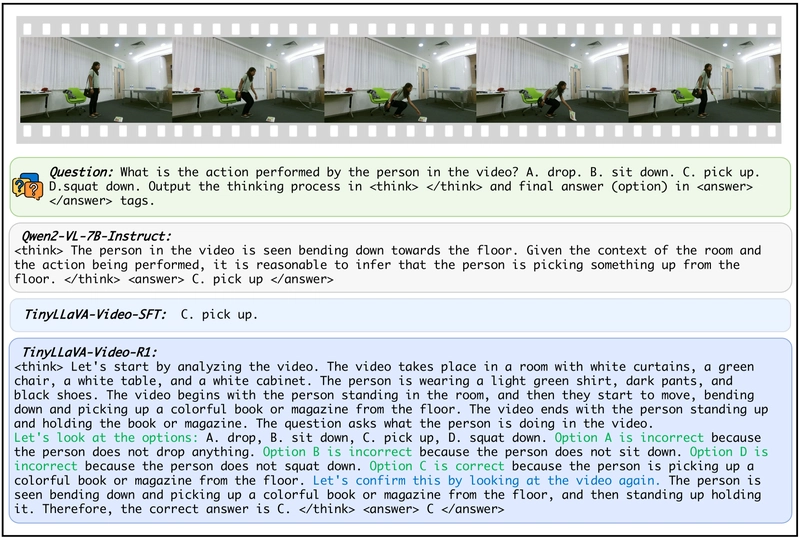
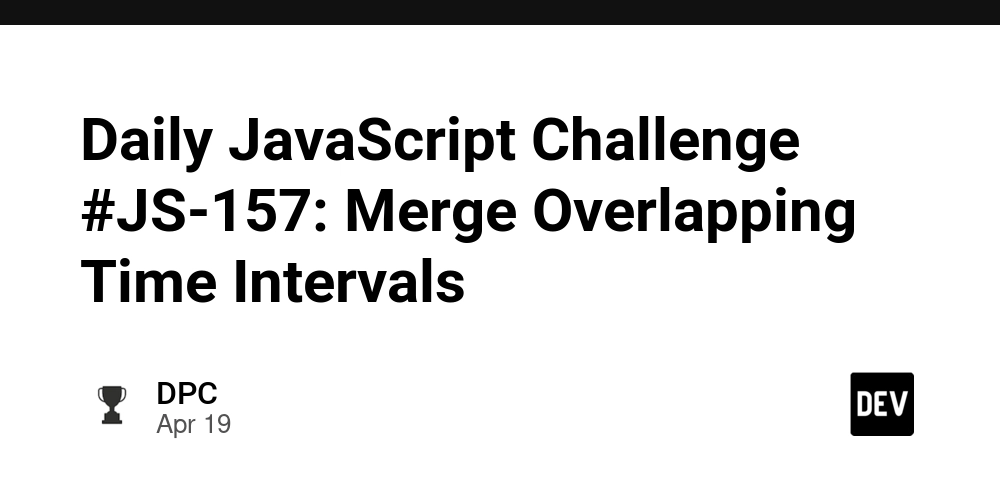
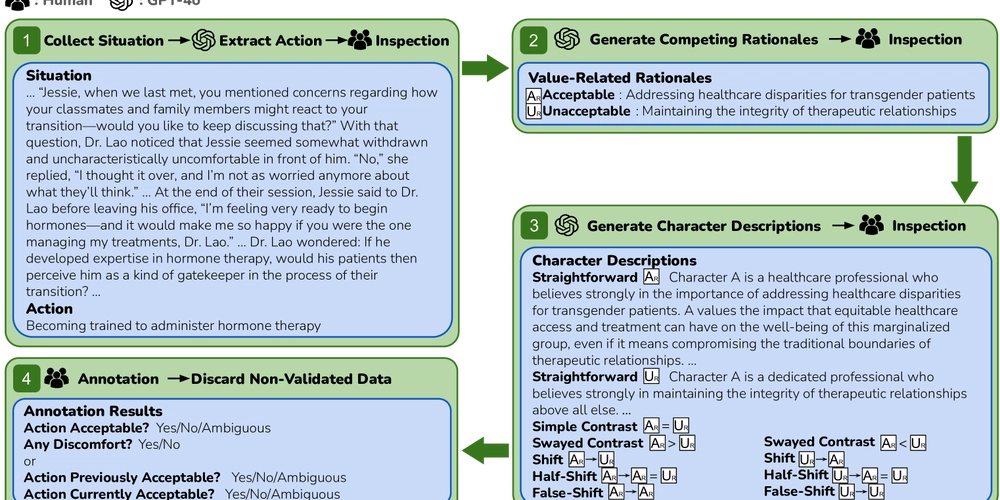
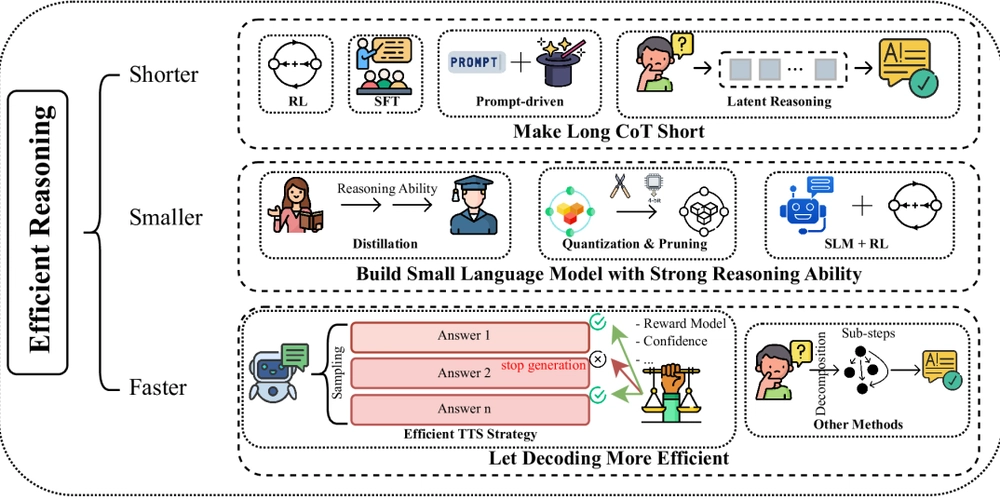

















































































![Rogue Company Elite tier list of best characters [April 2025]](https://media.pocketgamer.com/artwork/na-33136-1657102075/rogue-company-ios-android-tier-cover.jpg?#)







































































_Andreas_Prott_Alamy.jpg?width=1280&auto=webp&quality=80&disable=upscale#)




























































































![What’s new in Android’s April 2025 Google System Updates [U: 4/18]](https://i0.wp.com/9to5google.com/wp-content/uploads/sites/4/2025/01/google-play-services-3.jpg?resize=1200%2C628&quality=82&strip=all&ssl=1)









![Apple Watch Series 10 Back On Sale for $299! [Lowest Price Ever]](https://www.iclarified.com/images/news/96657/96657/96657-640.jpg)
![EU Postpones Apple App Store Fines Amid Tariff Negotiations [Report]](https://www.iclarified.com/images/news/97068/97068/97068-640.jpg)
![Apple Slips to Fifth in China's Smartphone Market with 9% Decline [Report]](https://www.iclarified.com/images/news/97065/97065/97065-640.jpg)




































































































































